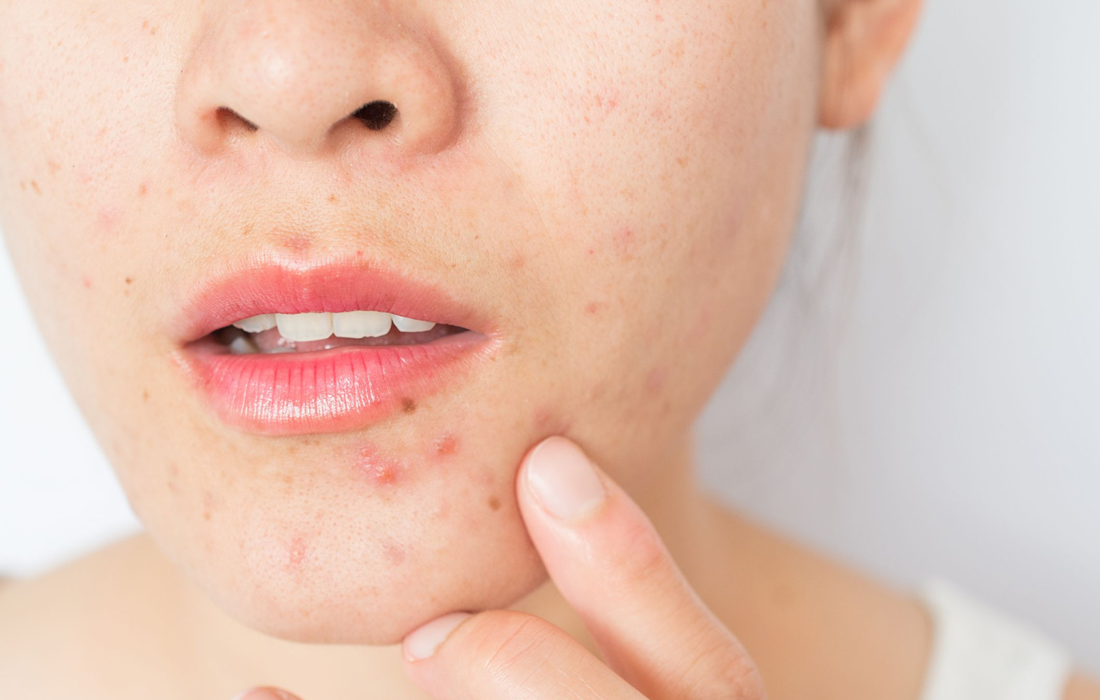Anti-Aging
Acne Scars: Chemical Peeling vs Microneedling
Acne vulgaris is characterized by noninflammatory, open or closed comedones and by inflammatory papules, pustules, and nodules. Acne vulgaris typically affects the areas of skin with the densest population of sebaceous follicles; these areas include the face, the upper part of the chest, and the back.
It is the most common skin disease in the United States; it affects an estimated 80% of Americans at some time during their lives. Twenty percent have severe acne, which can result in permanent physical and mental scarring.
Early and effective treatment is the best means to minimize and prevent acne scarring. In patients with darker skin tones, current acne scar treatments pose complications, including dyspigmentation, further scarring, and overall unsatisfactory clinical outcomes.
Treatment should be directed toward the known pathogenic factors involved in acne. These include follicular hyperproliferation, excess sebum, Cutibacterium acnes (formerly Propionibacterium acnes) infection, and inflammation. The grade and severity of the acne help in determining which of the following treatments, alone or in combination, is most appropriate.Current consensus recommends a combination of topical retinoid and antimicrobial therapy as first-line therapy for almost all patients with acne.
For acne scars Chemical peels and microneedling are a common treatment , the decision of which one may be more helpful depends on the skin tone of the affected area. Microneedling is a cosmetic procedure involving tiny, sterilized needles that pierce the skin to stimulate collagen production and reduce scarring. Chemical peels involve applying a solution to the skin that removes the top layers.
A comparison between chemical peels and microneedling
Babar Rao, a professor of dermatology and pathology at Robert Wood Johnson Medical School, and fellow researchers randomly assigned 60 patients with acne scars and dark skin (Fitzpatrick Skin Phototype IV to VI ) to treatment with either 35 percent glycolic acid chemical peels or microneedling, both administered every two weeks for 12 weeks.
Treatment produced an improvement of two points or more on the Goodman and Baron Scarring Grading System, that include 4 point assessment of the acne scars, in 33 percent of patients who received chemical peels and 73 percent of patients who underwent microneedling.
As we can see, the results of the study suggest patients whose darker skin precludes the use of stronger chemical peels, because of the risk of permanently discolor darker skin, so they should be treated with microneedling. On the other hand , people with lighter skin can use peels without the risk of discoloration, it may be the best option for them.
SOURCE:
Fatima Ishfaq, Rohan Shah, Shawana Sharif, Nadia Waqas, Marielle Jamgochian, Babar Rao (June 2022). A Comparison of Microneedling versus Glycolic Acid Chemical Peel for the Treatment of Acne Scarring. J Clin Aesthet Dermatol. Retrieved from PubMed: https://pubmed.ncbi.nlm.nih.gov/35783564/
Jaggi Rao, MD, FRCPC; Chief Editor: William D James, MD (August 8, 2020). Acne Vulgaris: diagnosis and treatment. Medscape. Retrieved from : https://emedicine.medscape.com/article/1069804-overview
IMAGE:

